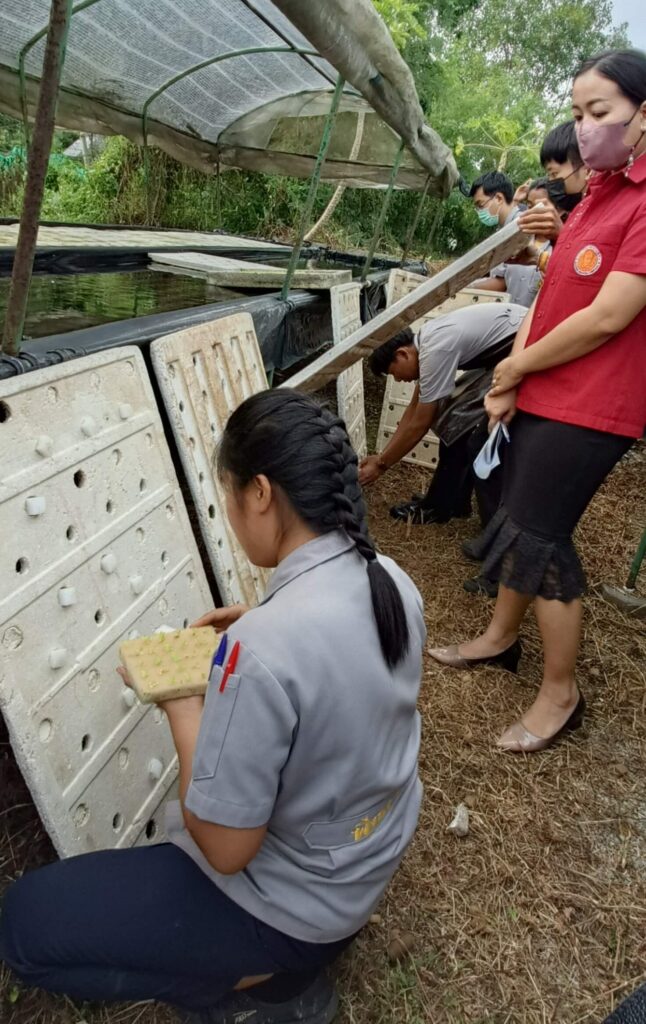Written by: Amir Radfar, Green TVET Consultant
Introduction
This article aims to explore the potential of Technical and Vocational Education and Training (TVET) in helping countries meet their Nationally Determined Contributions (NDCs) by providing the skills and knowledge needed for a transition to low-carbon, climate-resilient economies and societies. The importance of TVET in addressing the challenges of climate change and achieving sustainable development cannot be overstated.
TVET has the potential to provide the workforce with the necessary skills and knowledge to support the transition to low-carbon, climate-resilient economies and societies and to create job opportunities in new, low-carbon industries and technologies. However, the question remains, how can countries effectively use TVET to achieve their NDCs?
Current status
According to reports from the International Labour Organization (ILO), less than 40% of NDCs globally include plans for skills development[1]. NDCs are voluntary climate action plans that countries submit under the United Nations Framework Convention on Climate Change (UNFCCC), outlining their goals and targets for reducing greenhouse gas emissions and adapting to the impacts of climate change.
By failing to include skills development in their NDCs, countries risk missing out on a significant opportunity to build a sustainable and resilient workforce, which is essential for achieving their NDC goals.
The promise of TVET
TVET can play an essential role in promoting sustainable industrial development by providing the necessary skills and knowledge, TVET can help to support the development of low-carbon and climate-resilient industries, such as renewable energy, energy efficiency, and sustainable agriculture.
Additionally, TVET can also help to create job opportunities in these new industries, providing a pathway for workers to transition to low-carbon industries, as well as addressing the issue of unemployment, which is often associated with the transition to a low-carbon economy.

Difficulties along the road
Despite the potential benefits of TVET in achieving NDCs, funding for TVET programs and initiatives remains a significant challenge.
Policies: Policies need to be in place to support the development and implementation of TVET programs and initiatives. This includes policies that support the integration of sustainable development and climate change into TVET curricula, policies that provide funding for TVET programs and initiatives, and policies that support the creation of job opportunities in low-carbon industries and technologies.
Political will: There needs to be strong political will to prioritize the development of TVET programs and initiatives. Without political will, it is difficult to secure the necessary funding and resources to implement TVET programs and initiatives and to create the necessary policies and regulations to support them.
Awareness: There is a need to raise awareness about the importance of TVET in achieving low-carbon, climate-resilient economies. This includes raising awareness among policy makers, educators, and the general public about the potential of TVET in addressing the challenges of climate change and achieving sustainable development.
Coordination & collaboration: Collaboration is needed among different stakeholders to develop and implement effective TVET programs and initiatives. This includes collaboration between the government, the private sector, civil society organizations, and international development agencies.
Solutions
To improve this gap in their NDCs, countries can prioritize the development of TVET programs and initiatives that support the transition to low-carbon, climate-resilient economies. This could include investing in the development of new TVET curricula, training programs, and educational resources that focus on sustainability and climate change.
Offering capacity-building and training programs on sustainable energy systems and climate-resilient agricultural practices can help equip workers with the skills they need to transition to low-carbon industries and adapt to climate change’s impacts.
Furthermore, by providing training in the latest technologies and techniques, TVET can ensure that workers are equipped with the knowledge and skills they need to be productive and competitive in the global economy.
Collaborating with private sector partners, civil society organizations, and other stakeholders to develop and implement innovative green TVET policies and programs that address the needs of their communities and economies.
Partnerships between businesses and educational institutions can provide workers with real-world, hands-on training experiences and help to ensure that the training being provided is relevant to the current and future needs of the green workforce.
To address the funding challenge, governments can explore different innovative and blended funding mechanisms, such as public-private partnerships, to finance TVET programs and initiatives.
To address the policy challenges, governments can establish national TVET strategies that align with their NDCs and sustainable development goals and can also create policies and regulations that support the integration of sustainable development and climate change into TVET curricula and the creation of job opportunities in low-carbon industries and technologies.
To address the political will challenge, governments can engage different stakeholders, such as the private sector, civil society organizations, and international development agencies, to raise awareness about the potential of TVET in addressing the challenges of climate change and achieving sustainable development, and to build support for TVET programs and initiatives.
To address the awareness challenge, governments can launch awareness-raising campaigns to educate the general public, educators, and policy makers about the potential of TVET in addressing the challenges of climate change and achieving sustainable development.
To address the coordination and collaboration challenges, governments can establish national TVET coordination mechanisms to bring together different stakeholders, such as the private sector, civil society organizations, and international development agencies, to develop and implement effective TVET programs and initiatives.
| Challenges | Solutions |
| Funding | Prioritizing the development of TVET programs and initiatives and investing in the development of new TVET curricula, training programs, and educational resources |
| Policies | Developing and implementing innovative green TVET policies and programs that address the needs of their communities and economies |
| Political will | Strengthening political interest to prioritize the development of TVET programs and initiatives |
| Awareness | Raising awareness about the importance of TVET in achieving low-carbon, climate-resilient economies |
| Coordination & collaboration | Collaboration among different stakeholders to develop and implement effective TVET programs and initiatives |
Available support
International development agencies, such as the German International Cooperation Agency (GIZ), the United Nations Development Programme (UNDP) and the United Nations Industrial Development Organization (UNIDO), which are specialized in renewable energy and sustainable industrial development, can provide technical assistance to countries to support the development of greening skills programs within their Nationally Determined Contributions (NDCs) while promoting sustainable industrial development in their programs.
Summary
TVET can play a crucial role in helping countries meet their Nationally Determined Contributions (NDCs) by providing the skills and knowledge needed for a transition to low-carbon, climate-resilient economies and societies. However, currently, less than 40% of NDCs globally include plans for skills development.
TVET can help build capacity in areas such as renewable energy, energy efficiency, and sustainable agriculture, which can reduce greenhouse gas emissions and increase adaptation to the impacts of climate change.
To improve this gap in their NDCs, countries can prioritize the development of TVET programs and initiatives, collaborating with private sector partners, civil society organizations and other stakeholders and also getting support from international development agencies.
Your opinion
What do you think? Comment below. Voice your opinion. If you also want to get published in TVET journal, please read more about what we require from a guest post: https://tvetjournal.com/contribute/
[1] International Labour Organization. (2019). Skills for a Greener Future: A Global View. Geneva, Switzerland: https://www.ilo.org/skills/pubs/WCMS_732214/lang–en/index.htm

